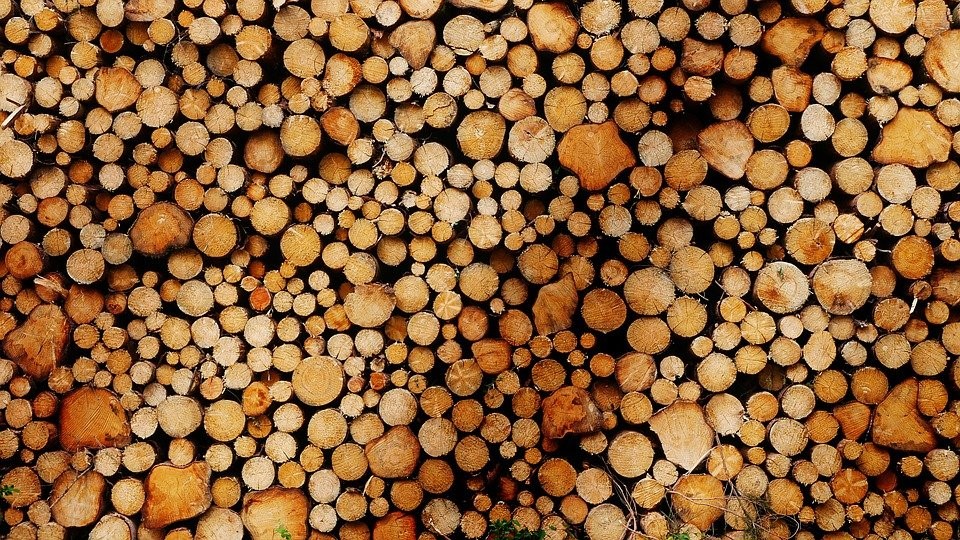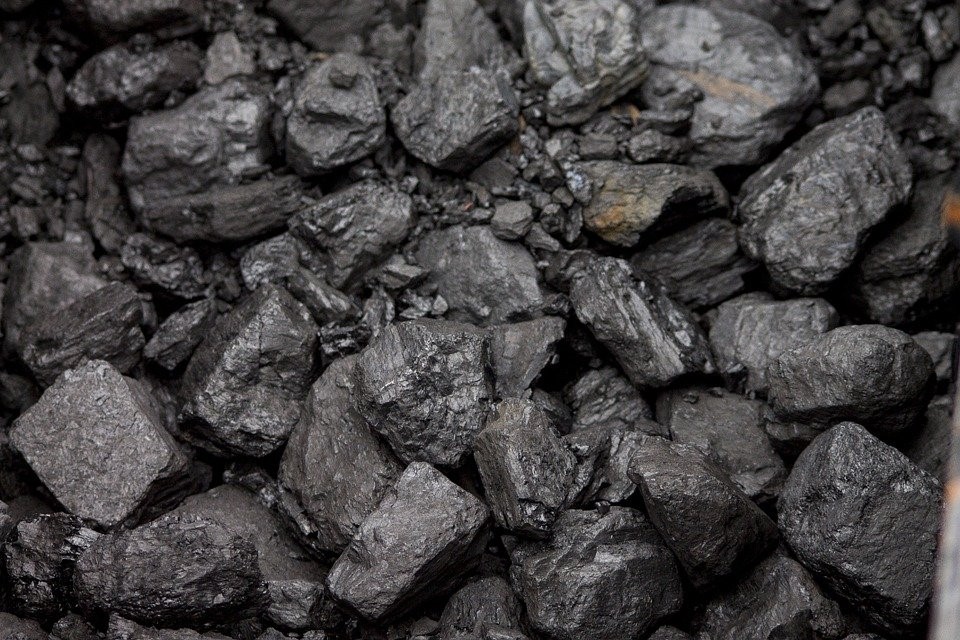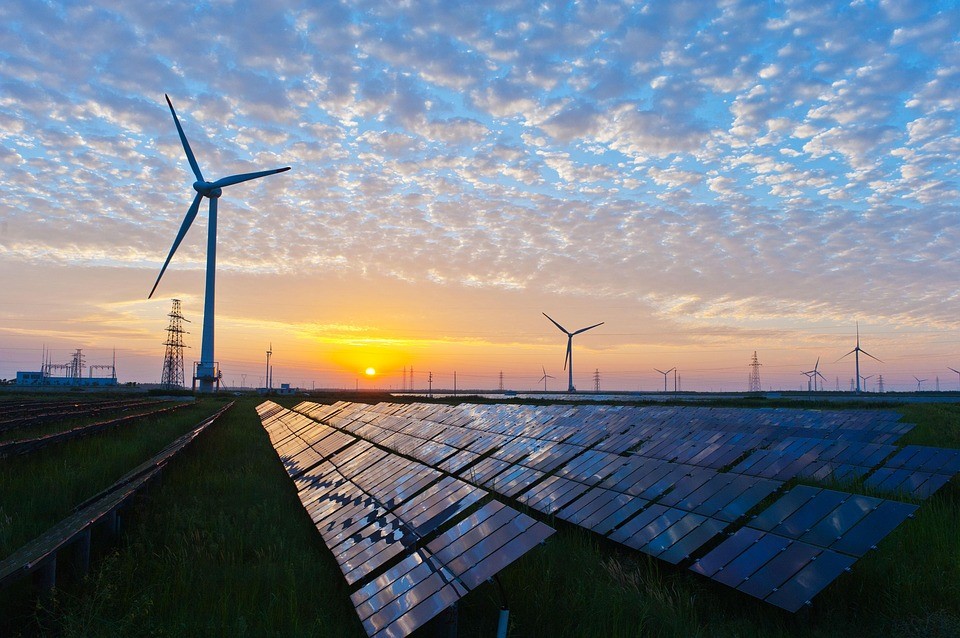Where do we get energy from, and can it be sustainable?
Primary sources of energy can be categorised into
fuels and flows. Fuels are substances that store energy in chemical bonds and
release energy when bonds break in chemical reactions, such as combustion. Some
examples of fuels include coal, crude oil, natural gas or biomass. Flows
represent a movement of energy from one place to another; for example, wind,
tidal streams and light are all flows of energy.
Fuels:

Image: wood

Image: coal
Flows:

Image: Sustainable energy sources e.g. solar panels; wind turbines
Worth noting is that fuels are usually not sustainable –
we only have finite resources available, and the creation of fuels takes
hundreds of thousands of years (fossils!). One exception is biomass which represents a broad family of materials derived from plants and animals waste,
for example, wood or fermentation gas. Biomass is sustainable because it can be
replenished relatively quickly – we can plant trees specifically for producing
wood.
In contrast to fuels, flows are always sustainable and
renewable. The Sun will shine for another 4.6 billion years, and as long as we have
sunlight, we should also experience wind (ultimately, wind is created by a
movement of colder and warmer masses of air). But flows are not always
available – sunlight is available only during the day, while the presence of wind varies depending on both time and location.
This is the main reason why people have been preferentially using energy from fuels over energy from flows.
Side note! The energy
content of fossil fuels was ultimately derived from solar energy – but on a
timescale of millions of years. The
energy content of biomass is also ultimately derived from solar energy on a
timescale of months to tens of years depending on the crop.
Nowadays, fuels are involved in >90% of the world’s
primary energy supply. Still, we expect this to change quickly because chemical
reactions with fuels release CO2, a component of high global warming
potential. With the collective decision that humankind needs to limit global
warming, there are two options to consider:
(1) Switch energy production to fully renewable and
sustainable resources (flows and biomass),
(2) Use fuels in a way that will produce CO2 but
not release it to the atmosphere.
Option (1) sounds like a better long-term plan; we can
produce energy sustainably with no (or minimal) negative impact on the
environment. But how would we provide energy at night or when there is no wind? Option
(2) looks easier to be implemented, we can carry out as is and capture CO2.
While it may sound easy, the amount of CO2 that needs to be captured is
enormous and requires dedicated technologies known as carbon capture
technologies. And what to do with all that CO2?
More information on both options in resource
activities.


